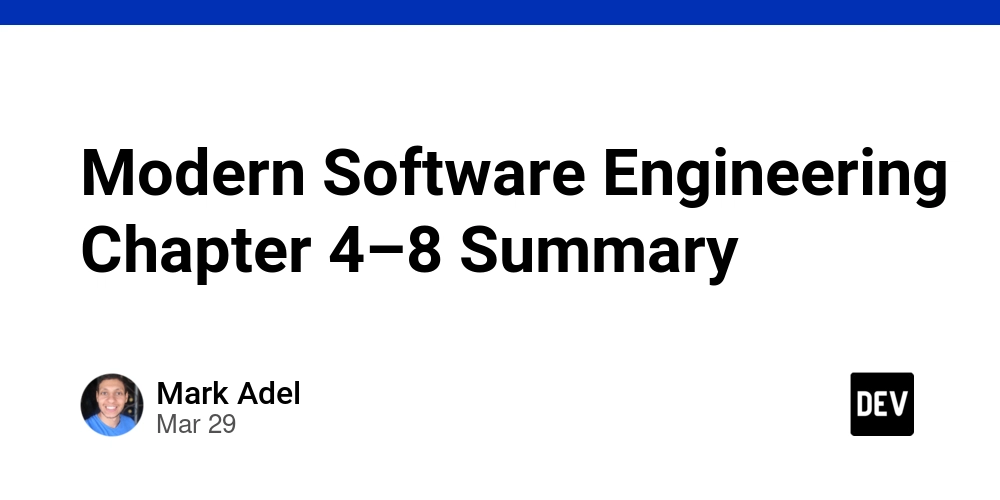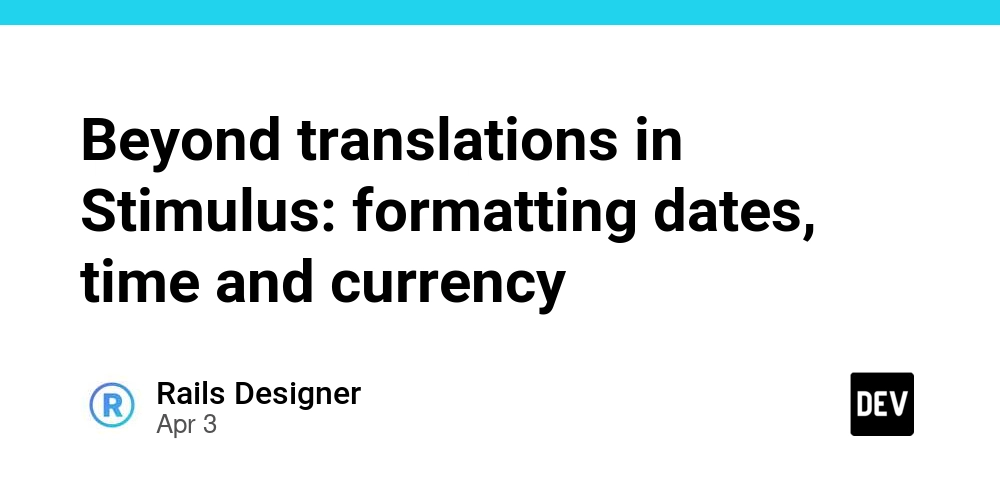Endless Loop with DataFrame
Trying gr.DataFrame. Used dataframe.change(). Changed the contents of a cell. Pressed enter and it goes into an endless loop. Terminal shows that is continuing and repetitively talks to the database but the UI never refreshes. UI just hangs. If I restart the application I can see that the change did occurred and the database was updated. But how to stop the endless loop? ....thanks. `import gradio as gr import pandas as pd import sqlite3 import asyncio --- Database Setup (for demonstration) --- NOTE: delete row options are set by default DATABASE_NAME = "database/test_database.db" TABLE_NAME = "test_data" def setup_database(): """Sets up a simple SQLite database for testing.""" conn = sqlite3.connect(DATABASE_NAME) cursor = conn.cursor() cursor.execute(f""" CREATE TABLE IF NOT EXISTS {TABLE_NAME} ( id INTEGER PRIMARY KEY, name TEXT, age INTEGER, city TEXT, salary REAL ) """) # Insert some initial data initial_data = [ ("Alice", 30, "New York", 60000.0), ("Bob", 25, "Los Angeles", 50000.0), ("Charlie", 35, "Chicago", 70000.0), ("David", 28, "Houston", 55000.0), ] cursor.executemany(f"INSERT INTO {TABLE_NAME} (name, age, city, salary) VALUES (?, ?, ?, ?)", initial_data) conn.commit() conn.close() def load_data_from_db(): """Loads data from the SQLite database into a Pandas DataFrame.""" conn = sqlite3.connect(DATABASE_NAME) query = f"SELECT id, name, age, city, salary FROM {TABLE_NAME}" df = pd.read_sql_query(query, conn) conn.close() return df def delete_row_from_db(row_id): """Deletes a row from the database based on its ID.""" conn = sqlite3.connect(DATABASE_NAME) cursor = conn.cursor() try: cursor.execute(f"DELETE FROM {TABLE_NAME} WHERE id = ?", (row_id,)) conn.commit() print(f"Deleted row with id: {row_id}") except sqlite3.Error as e: print(f"Error deleting row: {e}") conn.rollback() finally: conn.close() def update_database(data): """Updates or inserts data into the SQLite database based on changes in the DataFrame.""" conn = sqlite3.connect(DATABASE_NAME) cursor = conn.cursor() try: output_text = "" df = pd.DataFrame(data, columns=["id", "name", "age", "city", "salary"]) for index, row in df.iterrows(): row_id = row['id'] name = row['name'] age = row['age'] city = row['city'] salary = row['salary'] if pd.isna(row_id): # Add new row if ID is NaN (newly added row) cursor.execute(f"INSERT INTO {TABLE_NAME} (name, age, city, salary) VALUES (?, ?, ?, ?)", (name, age, city, salary)) print(f"Inserted new row: {name}, {age}, {city}, {salary}") ouput_text = f"Inserted new row: {name}, {age}, {city}, {salary}" else: # Update existing row if ID is present cursor.execute(f"UPDATE {TABLE_NAME} SET name=?, age=?, city=?, salary=? WHERE id=?", (name, age, city, salary, int(row_id))) print(f"Updated row with id {row_id}: {name}, {age}, {city}, {salary}") ouput_text = f"Updated row with id {row_id}: {name}, {age}, {city}, {salary}" conn.commit() updated_df = load_data_from_db() # Reload data to reflect changes return updated_df except sqlite3.Error as e: print(f"Database error: {e}") output_text = f"Database error: {e}" conn.rollback() return load_data_from_db() finally: conn.close() print("Update or inserted connection closed") --- Gradio UI --- def create_gradio_ui(): """Creates the Gradio interface for testing the DataFrame.""" setup_database() # Ensure the database is set up with gr.Blocks() as demo: dataframe = gr.DataFrame( value=load_data_from_db(), headers=["id","name", "age", "city", "salary"], # Add "delete_row" header interactive=True, static_columns=[0, 1], # Make only some columns editable row_count=(3, "dynamic"), # Allow adding rows, with a minimum of 3 col_count=(5, "fixed"), label="Test DataFrame" ) output_text = gr.Markdown() dataframe.change(fn=update_database, inputs=[dataframe], outputs=[dataframe]) # Update on change return demo if name == "main": demo = create_gradio_ui() demo.launch()`
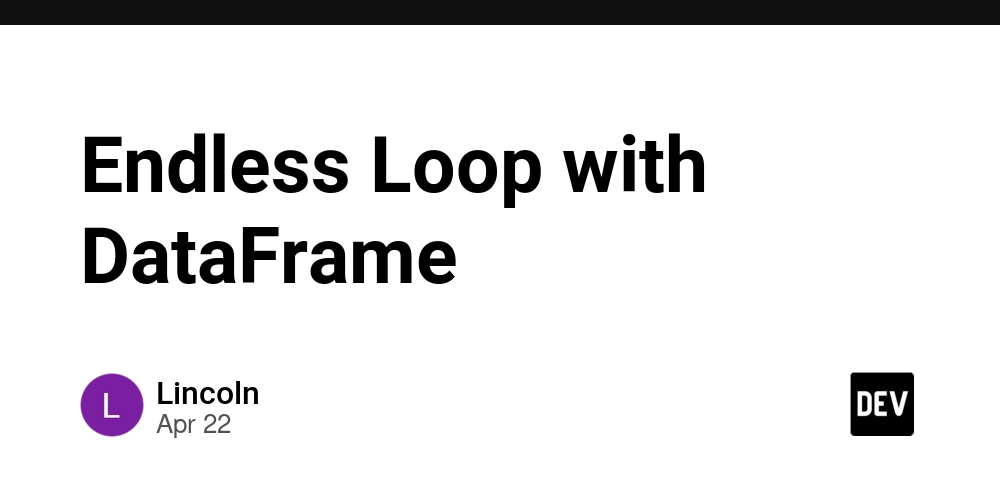
Trying gr.DataFrame. Used dataframe.change(). Changed the contents of a cell. Pressed enter and it goes into an endless loop. Terminal shows that is continuing and repetitively talks to the database but the UI never refreshes. UI just hangs. If I restart the application I can see that the change did occurred and the database was updated. But how to stop the endless loop? ....thanks.
`import gradio as gr
import pandas as pd
import sqlite3
import asyncio
--- Database Setup (for demonstration) ---
NOTE: delete row options are set by default
DATABASE_NAME = "database/test_database.db"
TABLE_NAME = "test_data"
def setup_database():
"""Sets up a simple SQLite database for testing."""
conn = sqlite3.connect(DATABASE_NAME)
cursor = conn.cursor()
cursor.execute(f"""
CREATE TABLE IF NOT EXISTS {TABLE_NAME} (
id INTEGER PRIMARY KEY,
name TEXT,
age INTEGER,
city TEXT,
salary REAL
)
""")
# Insert some initial data
initial_data = [
("Alice", 30, "New York", 60000.0),
("Bob", 25, "Los Angeles", 50000.0),
("Charlie", 35, "Chicago", 70000.0),
("David", 28, "Houston", 55000.0),
]
cursor.executemany(f"INSERT INTO {TABLE_NAME} (name, age, city, salary) VALUES (?, ?, ?, ?)", initial_data)
conn.commit()
conn.close()
def load_data_from_db():
"""Loads data from the SQLite database into a Pandas DataFrame."""
conn = sqlite3.connect(DATABASE_NAME)
query = f"SELECT id, name, age, city, salary FROM {TABLE_NAME}"
df = pd.read_sql_query(query, conn)
conn.close()
return df
def delete_row_from_db(row_id):
"""Deletes a row from the database based on its ID."""
conn = sqlite3.connect(DATABASE_NAME)
cursor = conn.cursor()
try:
cursor.execute(f"DELETE FROM {TABLE_NAME} WHERE id = ?", (row_id,))
conn.commit()
print(f"Deleted row with id: {row_id}")
except sqlite3.Error as e:
print(f"Error deleting row: {e}")
conn.rollback()
finally:
conn.close()
def update_database(data):
"""Updates or inserts data into the SQLite database based on changes in the DataFrame."""
conn = sqlite3.connect(DATABASE_NAME)
cursor = conn.cursor()
try:
output_text = ""
df = pd.DataFrame(data, columns=["id", "name", "age", "city", "salary"])
for index, row in df.iterrows():
row_id = row['id']
name = row['name']
age = row['age']
city = row['city']
salary = row['salary']
if pd.isna(row_id):
# Add new row if ID is NaN (newly added row)
cursor.execute(f"INSERT INTO {TABLE_NAME} (name, age, city, salary) VALUES (?, ?, ?, ?)",
(name, age, city, salary))
print(f"Inserted new row: {name}, {age}, {city}, {salary}")
ouput_text = f"Inserted new row: {name}, {age}, {city}, {salary}"
else:
# Update existing row if ID is present
cursor.execute(f"UPDATE {TABLE_NAME} SET name=?, age=?, city=?, salary=? WHERE id=?",
(name, age, city, salary, int(row_id)))
print(f"Updated row with id {row_id}: {name}, {age}, {city}, {salary}")
ouput_text = f"Updated row with id {row_id}: {name}, {age}, {city}, {salary}"
conn.commit()
updated_df = load_data_from_db() # Reload data to reflect changes
return updated_df
except sqlite3.Error as e:
print(f"Database error: {e}")
output_text = f"Database error: {e}"
conn.rollback()
return load_data_from_db()
finally:
conn.close()
print("Update or inserted connection closed")
--- Gradio UI ---
def create_gradio_ui():
"""Creates the Gradio interface for testing the DataFrame."""
setup_database() # Ensure the database is set up
with gr.Blocks() as demo:
dataframe = gr.DataFrame(
value=load_data_from_db(),
headers=["id","name", "age", "city", "salary"], # Add "delete_row" header
interactive=True,
static_columns=[0, 1], # Make only some columns editable
row_count=(3, "dynamic"), # Allow adding rows, with a minimum of 3
col_count=(5, "fixed"),
label="Test DataFrame"
)
output_text = gr.Markdown()
dataframe.change(fn=update_database, inputs=[dataframe], outputs=[dataframe]) # Update on change
return demo
if name == "main":
demo = create_gradio_ui()
demo.launch()`






















































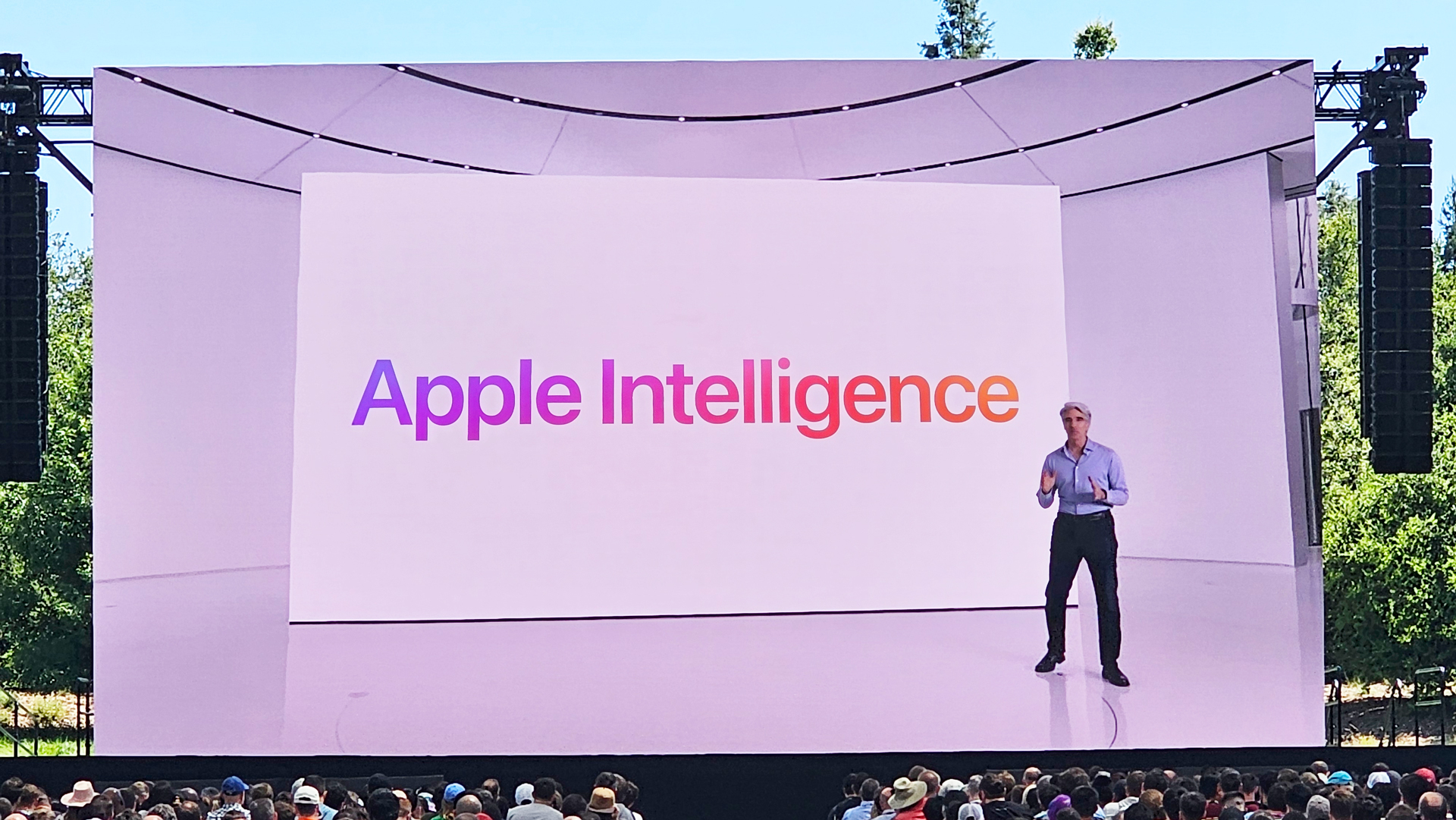











![Mike Rockwell is Overhauling Siri's Leadership Team [Report]](https://www.iclarified.com/images/news/97096/97096/97096-640.jpg)
![Instagram Releases 'Edits' Video Creation App [Download]](https://www.iclarified.com/images/news/97097/97097/97097-640.jpg)
![Hands-On With 'iPhone 17 Air' Dummy Reveals 'Scary Thin' Design [Video]](https://www.iclarified.com/images/news/97100/97100/97100-640.jpg)
![Inside Netflix's Rebuild of the Amsterdam Apple Store for 'iHostage' [Video]](https://www.iclarified.com/images/news/97095/97095/97095-640.jpg)
















![What iPhone 17 model are you most excited to see? [Poll]](https://9to5mac.com/wp-content/uploads/sites/6/2025/04/iphone-17-pro-sky-blue.jpg?quality=82&strip=all&w=290&h=145&crop=1)









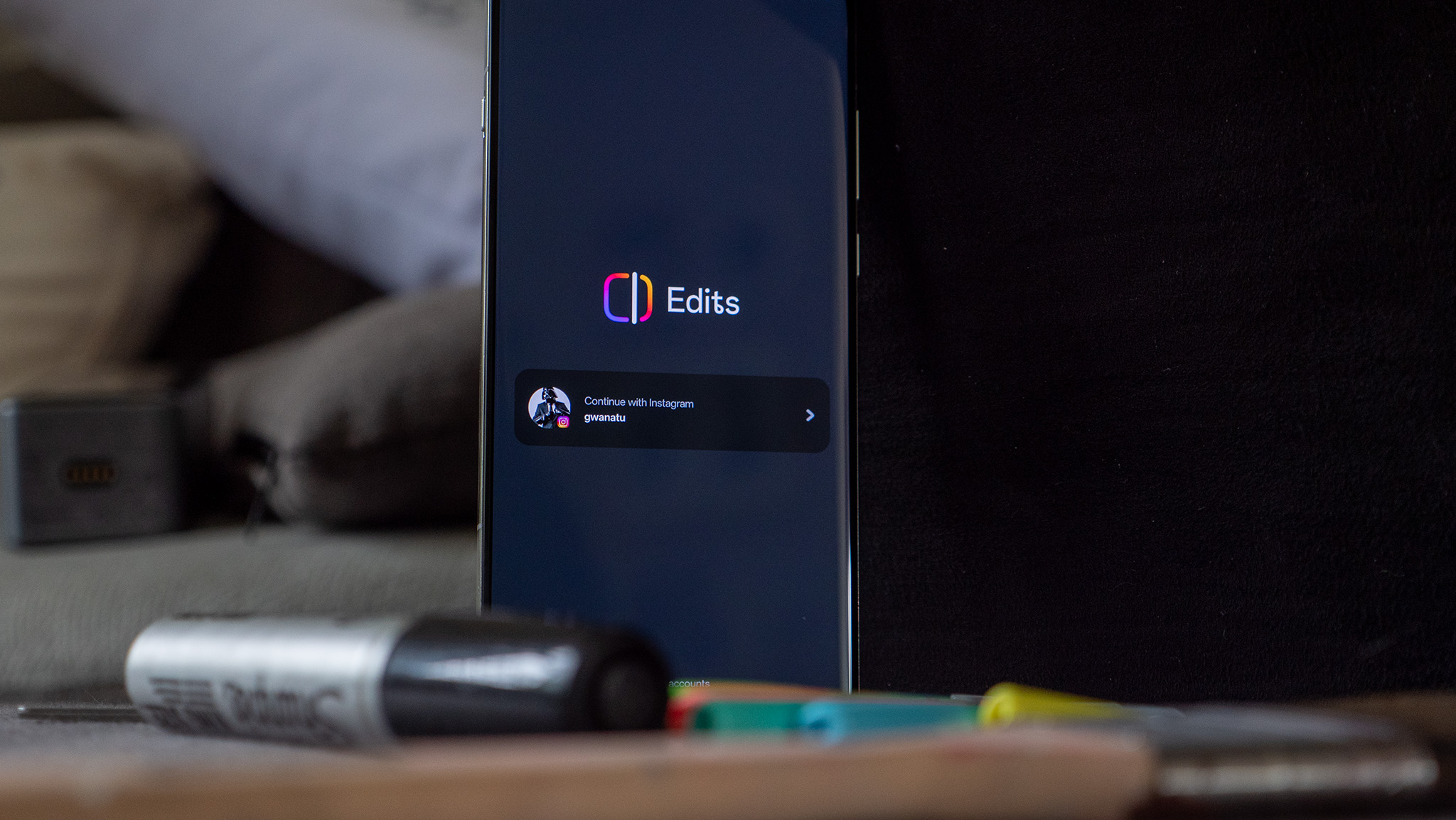

















































































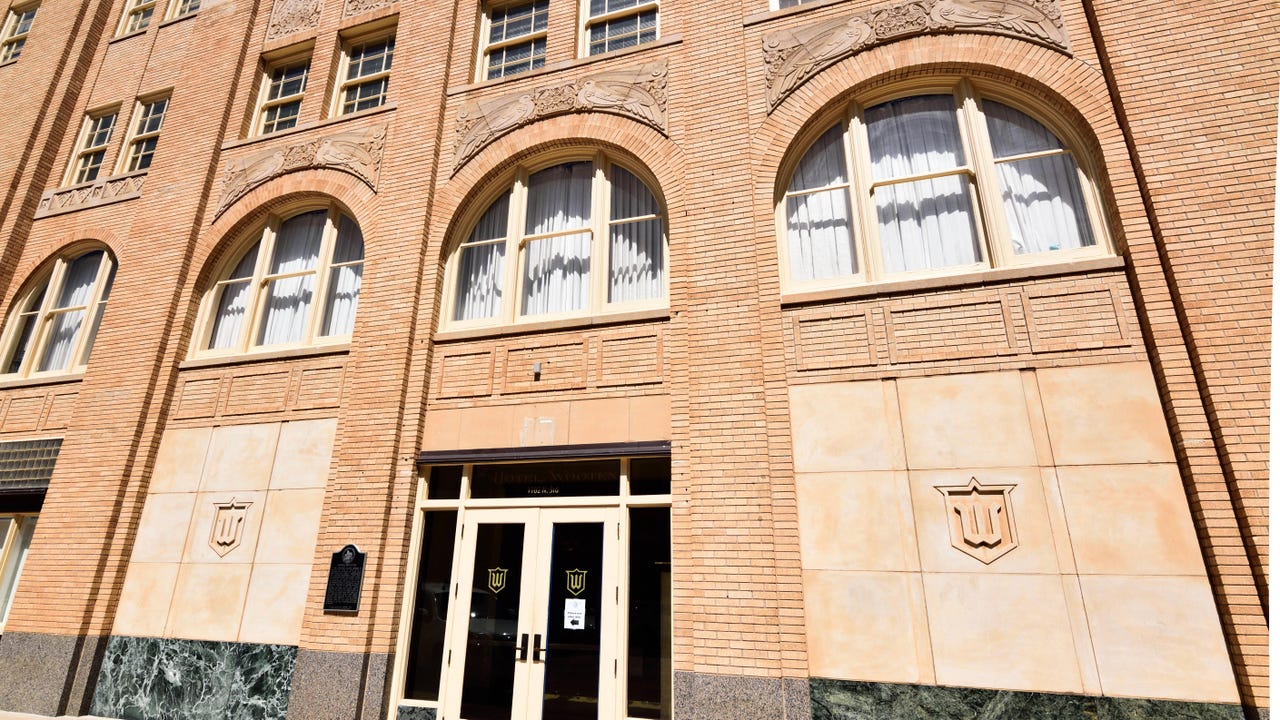

_Weyo_alamy.png?width=1280&auto=webp&quality=80&disable=upscale#)



















































































![[The AI Show Episode 144]: ChatGPT’s New Memory, Shopify CEO’s Leaked “AI First” Memo, Google Cloud Next Releases, o3 and o4-mini Coming Soon & Llama 4’s Rocky Launch](https://www.marketingaiinstitute.com/hubfs/ep%20144%20cover.png)






























































































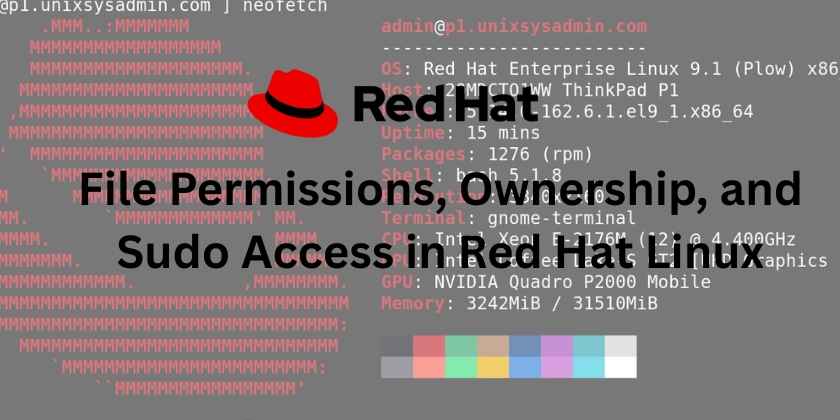

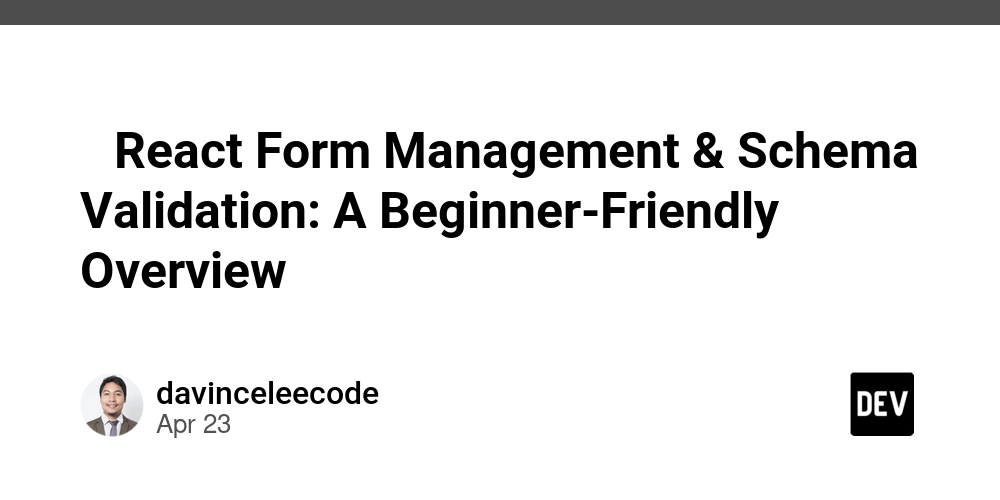
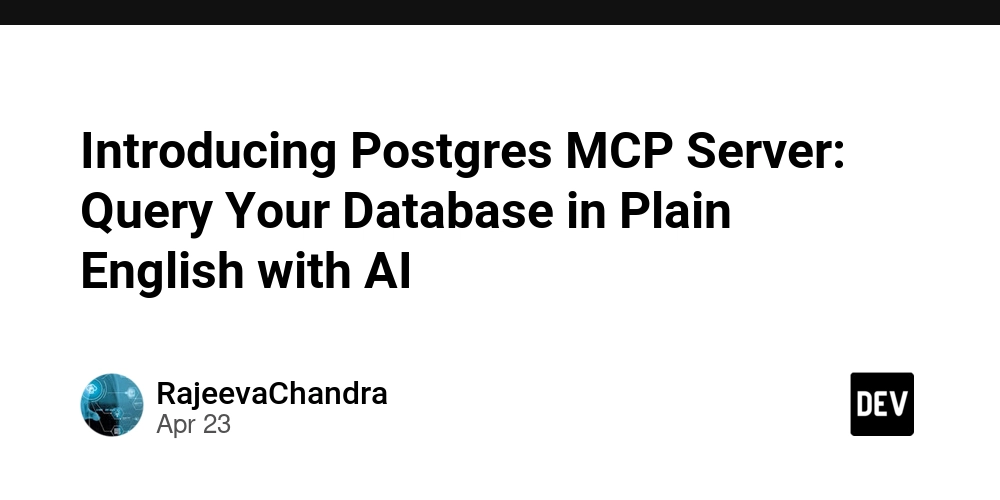





















![BPMN-procesmodellering [closed]](https://i.sstatic.net/l7l8q49F.png)














































-All-will-be-revealed-00-35-05.png?width=1920&height=1920&fit=bounds&quality=70&format=jpg&auto=webp#)






























































